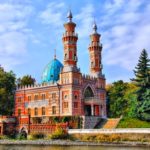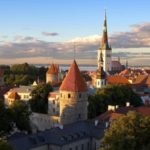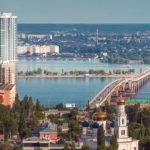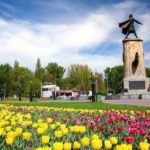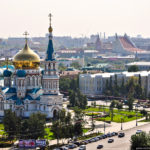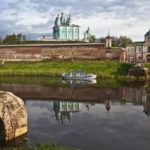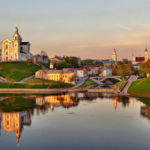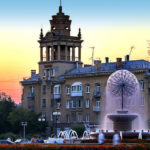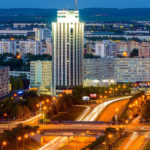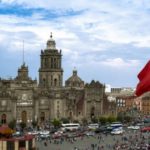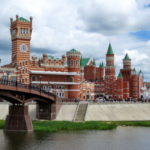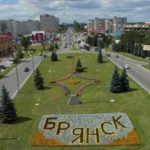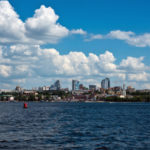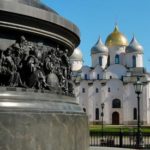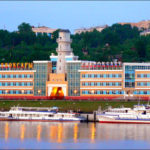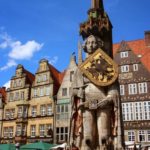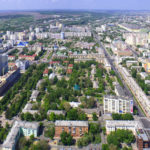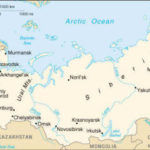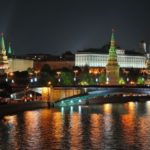Interesting facts about Orenburg
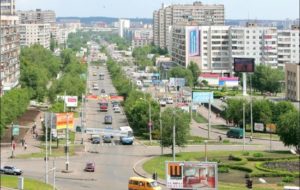 Orenburg arose several centuries ago, when it became necessary to have a powerful fortress to guard the borders of the Russian Empire. But over the years, the borders moved further, and Orenburg turned from a border outpost into a vast city, while retaining its special charm.
Orenburg arose several centuries ago, when it became necessary to have a powerful fortress to guard the borders of the Russian Empire. But over the years, the borders moved further, and Orenburg turned from a border outpost into a vast city, while retaining its special charm.
In Soviet times, Orenburg was called Chkalov for almost 20 years after the test pilot who had never been in this city.
Orenburg was founded on the River Ori, to which the city owes its name. However, the first place chosen for the base of the settlement, and then the second, was unsuccessful. The site where Orenburg was laid for the third time is now its historical center. Because of this, the city is called three times conceived and once born.
Orenburg is known throughout Russia and abroad due to its downy shawls woven from the goat down of a special breed. Unique animals were bought by businessmen from other countries, but goat wool lost its properties after a couple of years of animal life in a foreign land.
Some time in Orenburg exiled political prisoners, including famous poets and composers.
During the years of Soviet power, the number of residents of Orenburg increased six times.
On the Orenburg bridge over the Ural there is a pointer indicating the border between the European and Asian parts of the city. True, this border is obsolete and has not been recognized by geographers for a long time – now the separation of the two parts of the world takes place in another place.
The first coat of arms of Orenburg appeared 9 years before its foundation – it was depicted on a seal that held documents about the construction of a new fortress.
The honorary citizen of Orenburg is Mstislav Rostropovich.
In the 1830s, Alexander Pushkin visited Orenburg, collecting materials for his works. The city was shown to him by Vladimir Dal, the famous compiler of the Russian language dictionary.

